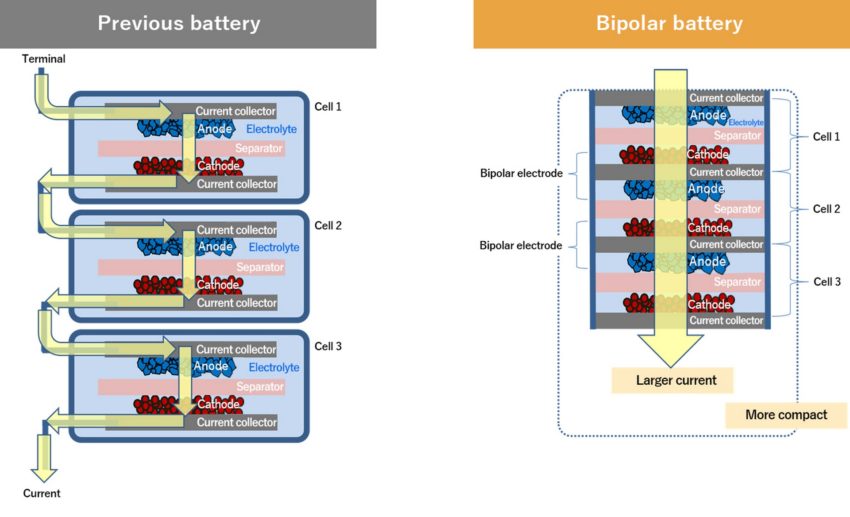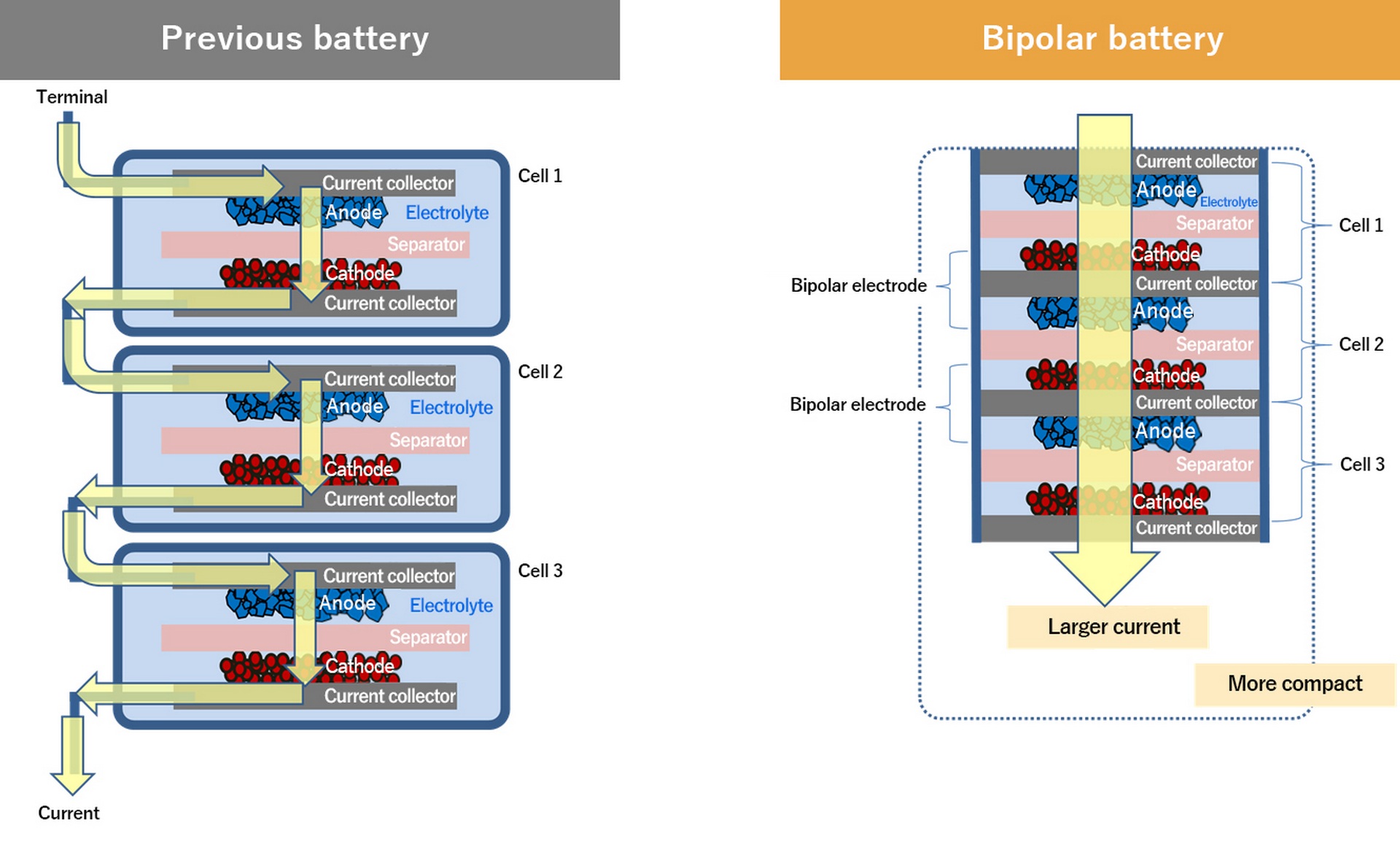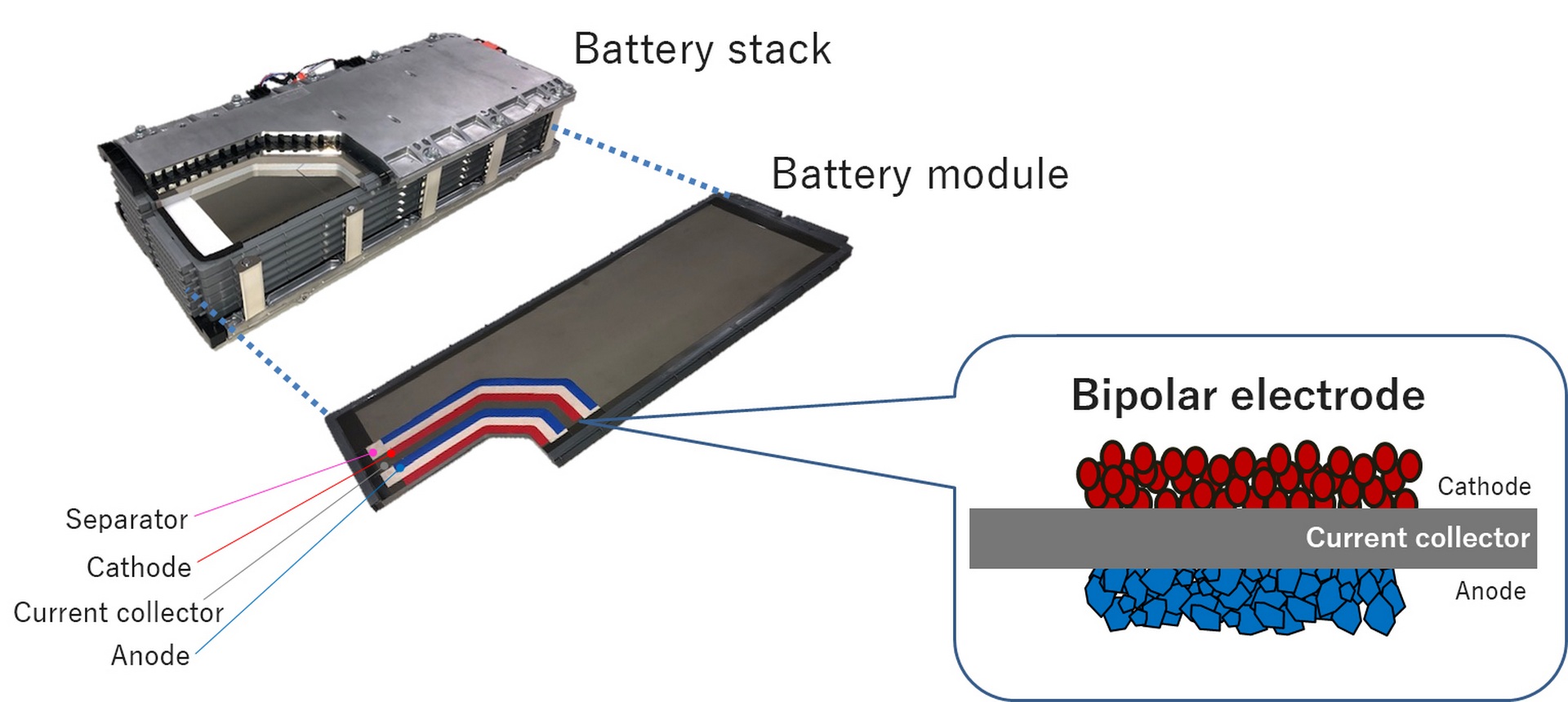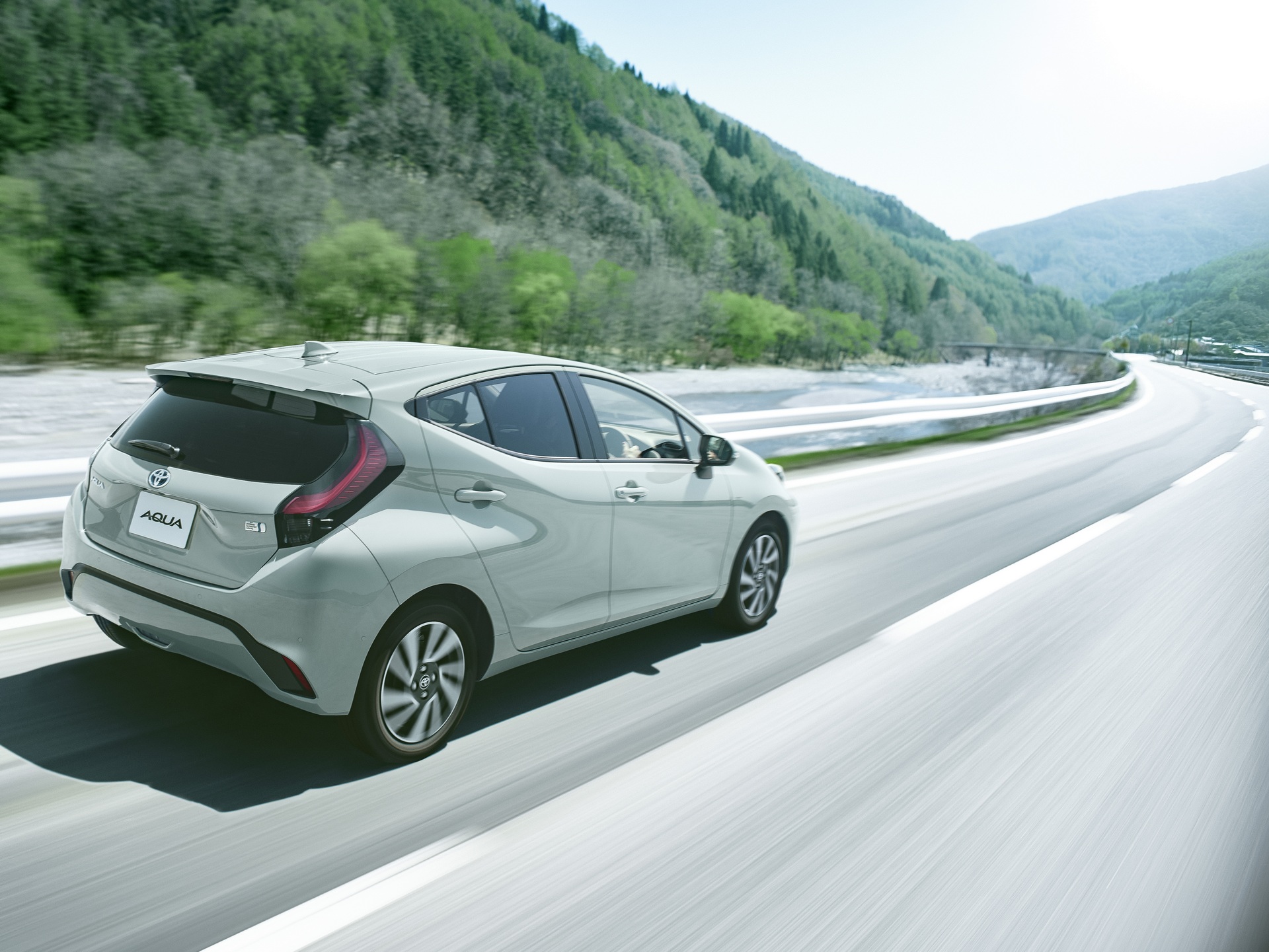
New cell chemistry promises to improve the safety and efficiency of automotive battery packs. Toyota uses the same cell technology it used for the Prius hybrid back in 1990.
A nickel-metal-hydride battery was the first thing to hit the Toyota Prius’s market. This has since been updated into the automaker’s new ‘bipolar nickel-metal hydride battery’ that premiered with the updated Aqua (Prius C) earlier this year.
Auto NewsThe new bipolar battery produces 1.5 times more output than the older setup, and can hold 1.4 times as much storage space.
Read more: Toyota Launches Second Generation Aqua / Prius C Japan, With an Optional AWD, and Standard Power Supply

Toyota first began working on the battery architecture in 2016, and spoke with Auto News, group manager of Toyota’s advanced battery development division, Motoyoshi Okumura, notes that “if we use the same space, we are able to fit a battery that has twice the output.”
“The public has the image that nickel-metal hydride batteries are an old battery, but actually they’re not,” Okumura added. “We started developing this new type of nickel-metal hydride battery because, after 20 years of using it, there was a record of achievement. The basic design of the battery has not been significantly modified. So we decided to take on the challenge of increasing the output.”

Toyota will continue to use the same bipolar nickel metal hydride lithium battery in hybrid cars that need quick surges of power. However, it is more practical to use lithium-ion for electric vehicles with larger energy stores.
Toyota’s current roadmap calls for a new-generation of lithium-ion battery in the latter half of the 2020s, as well as the development of solid-state batteries.
“In achieving carbon neutrality, it is very important to maintain a wide variety of options,” Okumura said. “So it is important that we do R&D on a wide variety of battery types.”

Adblock test (Why?)